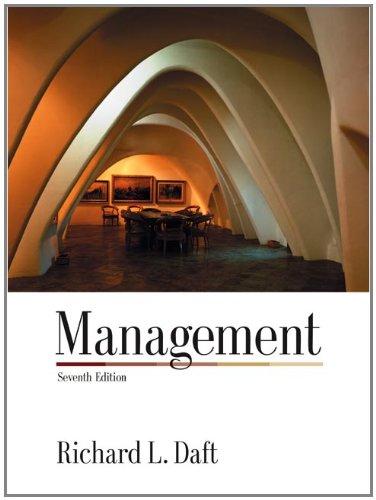5 How would Toyota gain a 'return on investment' for the large amount of money that would...
Question:
5 How would Toyota gain a 'return on investment' for the large amount of money that would be spent on employees who would cease employment there? In February 2014, the global president and the executives of Toyota in Australia, in close consultation with the Japanese parent company, made the announcement that Toyota would close its vehicle manufacturing facilities in Australia. Toyota's global president, Akio Toyoda, came to Melbourne to announce the decision to employees. One of Toyota's first overseas plants (outside Japan) was in Australia, and apart from a joint venture plant in California (NUMMI, joint with General Motors, that closed when General Motors got into trouble during the 2008-9 global financial crisis) and a small assembly facility in New Zealand in October 1998, Toyota had not ever closed a fully integrated facility and withdrawn from manufacturing in one of its important markets before. It was a big deal, as it meant that the whole automotive manufacturing sector in Australia was finished after more than 60 years of successful production.
The industrial context surrounding the closure The other two remaining vehicle assemblers in Australia, Ford and General Motors Holden, had already announced their closures, and Toyota had recognised that it was impossible to continue as the last and sole vehicle assembler, because the Australian suppliers of components could not remain in business with the reduced volumes of manufacturing work available, once the other companies had announced their permanent suspension of manufacturing work. These suppliers had already had their customer base reduced as Australian-built vehicle volumes had been reducing for quite some years, and were down to about 170 000 vehicles per year, out of 1.1 million new car sales per year in Australia. Australians already imported about 1 million vehicles per year.
Step by Step Answer:







